Web3 Credit Card Explained: What If It Becomes the Future of Finance?
May 12, 2025
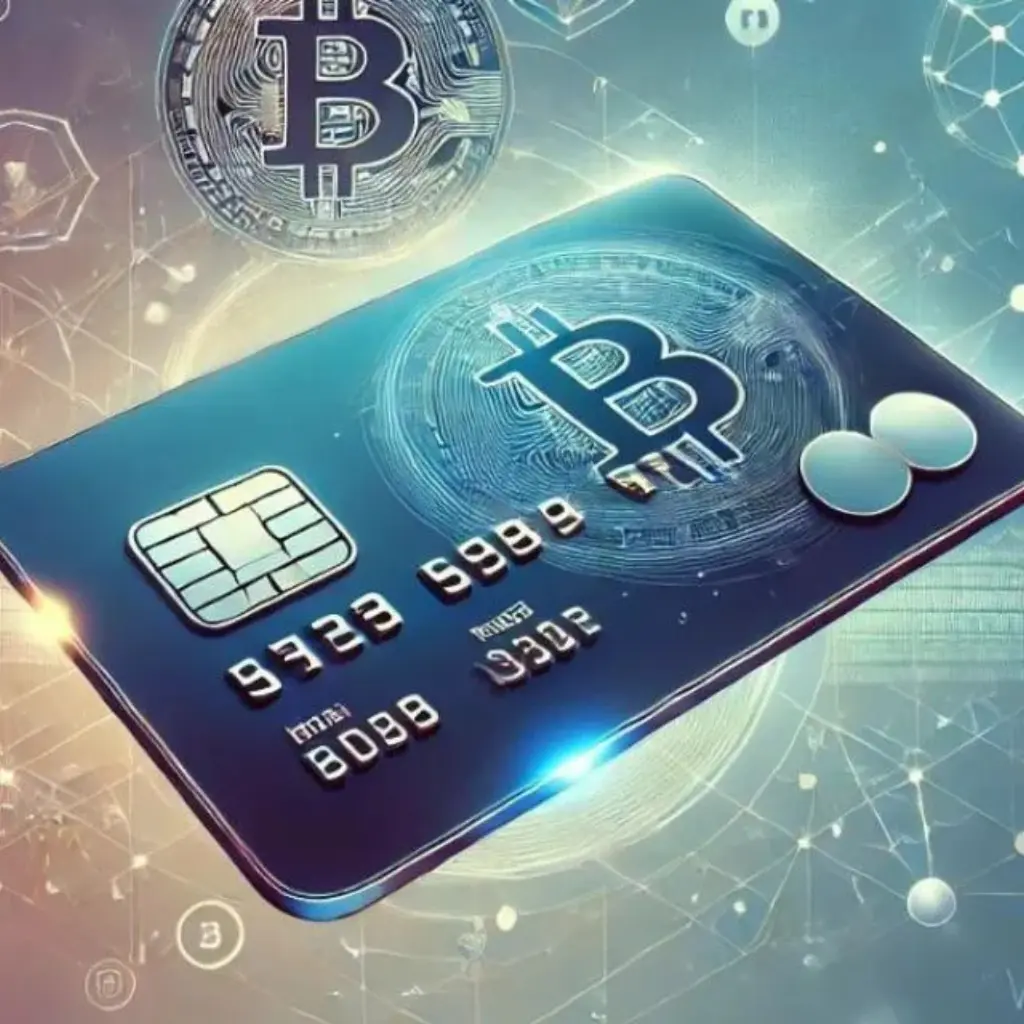
Let’s imagine a world five years from now. You walk into your favorite café, tap your card, and instead of your bank account being charged, your Ethereum wallet deducts a few dollars’ worth of ETH. No bank, no delay, no nonsense.Sounds like sci-fi? That’s exactly the kind of future a Web3 credit card is quietly building toward.
But what if this tech really took off? What would change—economically, socially, personally? Let’s break it down.
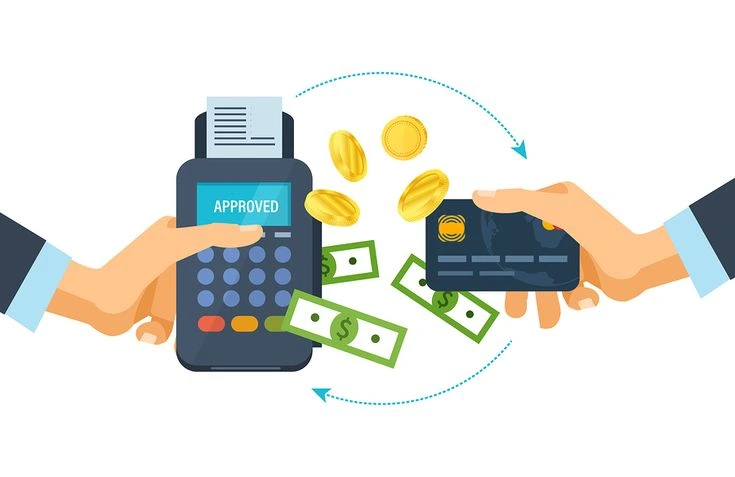
What If Everyone Had a Web3 Credit Card?
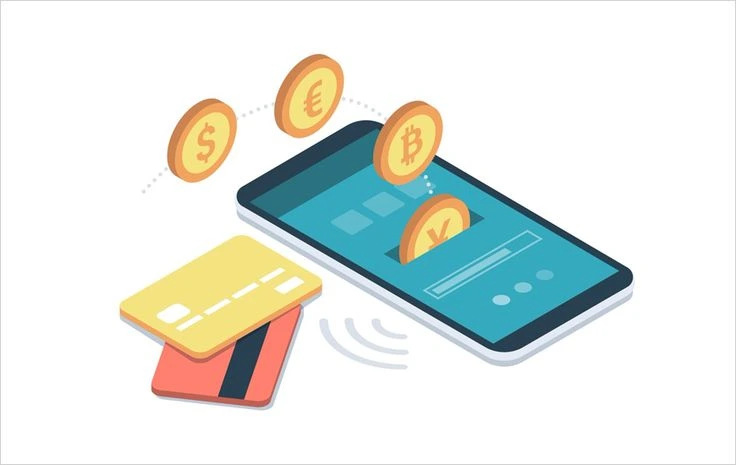
Web3 credit card explained simply: it’s a traditional-looking card that interacts with your crypto wallet, either converting your digital assets to fiat or letting you borrow against them. Now imagine that this becomes as common as a debit card.
📌 What Would Change?
- Banks Would Have Competition
Why use a traditional credit card when you can earn crypto rewards, stake tokens, and access liquidity directly? - Spending Would Become Borderless
No more currency conversions, no more exchange fees. Whether you’re in Paris or Penang, the blockchain settles your bill. - People Would Start Thinking in Crypto
Instead of “this costs $5,” you might hear, “this costs 0.0012 ETH.” Money would take on a whole new mental shape. - Fiat Dependence Would Shrink
More vendors accepting crypto → fewer reasons to keep cash in banks → more decentralized control over wealth.
What If the Risks Go Unchecked?
Now let’s flip the coin. If this tech explodes in popularity without checks and balances, what could go wrong?


- Tax Chaos
If every purchase counts as a taxable crypto event, governments (and users) could face compliance nightmares. - Scams & Hacks
More people using Web3 credit cards = bigger targets for hackers and phishing schemes, especially for non-tech-savvy users. - Volatility Mayhem
Imagine swiping for groceries… and realizing you spent double due to a crypto dip five minutes later. - Unequal Access
In developing countries, limited access to crypto-friendly infrastructure might widen the digital financial gap.
So while the dream is bold, it’s definitely not bulletproof.
What If Major Brands Joined the Web3 Party?
Web3 credit card explained gets even more interesting when big names get involved.
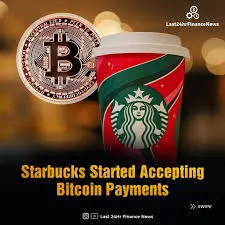

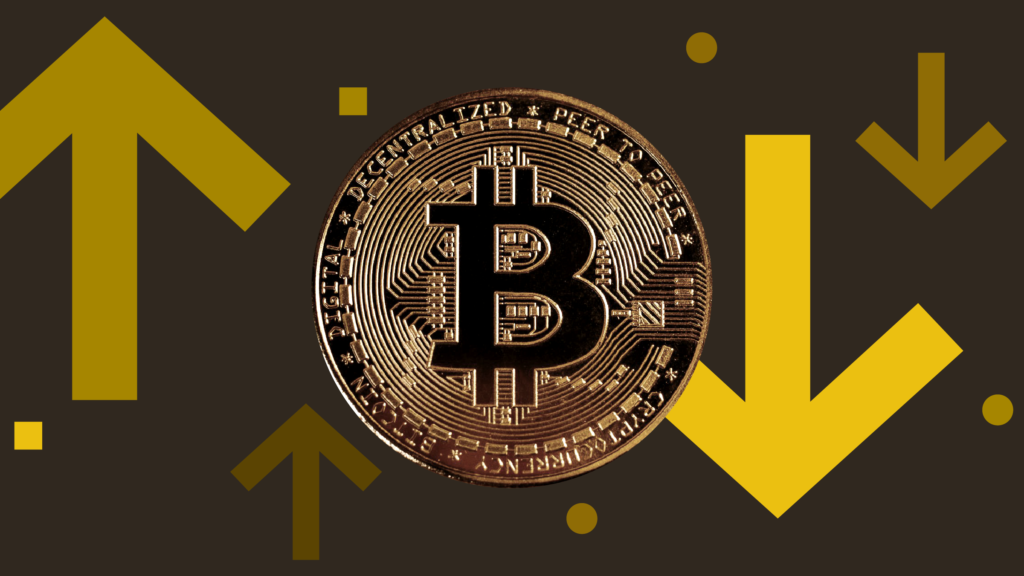
Source: Instagram
- Apple Teams Up with Ethereum
Apple issues a Web3-native credit card with Ethereum Layer 2 support. The Apple Wallet becomes your MetaMask. - Amazon Issues Its Own Token
Spend on Amazon using the AmazonCoin. Cashback comes as tokenized stock. Boom: shopping meets investing. - Starbucks Accepts USDT
Stablecoins take the wheel. You buy your latte with USDT and get loyalty points as NFTs. Welcome to the new normal.
These might sound extreme—but with how fast things move in crypto, they’re not that far-fetched.
What If Regulation Catches Up Fast?
Regulators aren’t blind to the Web3 wave.
What if:
- Governments mandate KYC on every Web3 credit card provider?
- Real-time crypto transaction taxes become automated?
- CBDCs (Central Bank Digital Currencies) become default spending currencies via these cards?
Regulation could either legitimize the movement… or clamp it down hard.
Web3 Credit Card Explained: What If You’re Not Ready Yet?
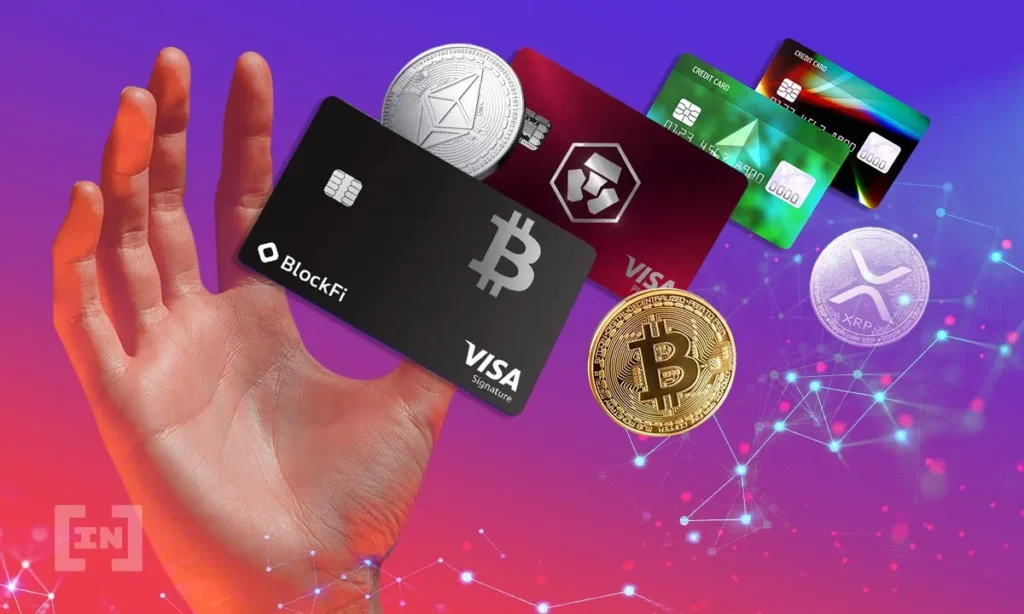
Don’t worry—you’re not late. Most people still haven’t touched crypto, let alone used it at a supermarket checkout.
But Web3 credit cards are the start of something big. Whether you’re a casual holder or a DeFi degen, they offer a glimpse of where digital money is heading.
So what if you tried one?
- You might love the rewards
- You might hate the volatility
- You might learn more about crypto by simply spending it
Final Thoughts: Web3 Credit Card Explained as a Thought Experiment
What if this isn’t just a trend?
What if it’s the beginning of the end for traditional finance as we know it?
That’s the question behind the Web3 credit card explained movement. And while we don’t have all the answers, one thing’s clear: the way we spend, earn, and store value is changing—and it might just start with a tap.
Relevant News : Here

